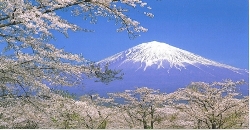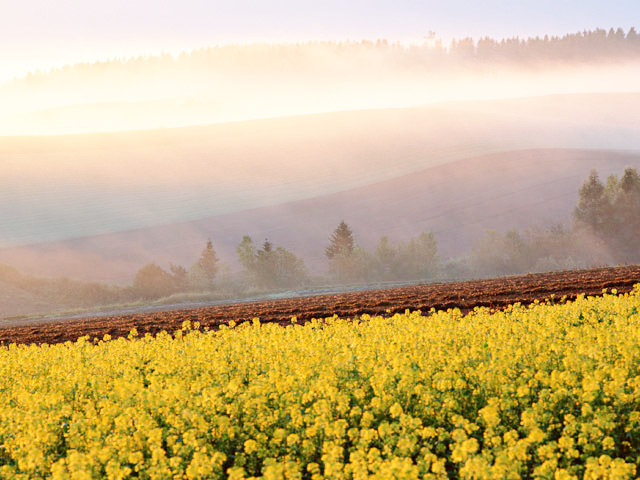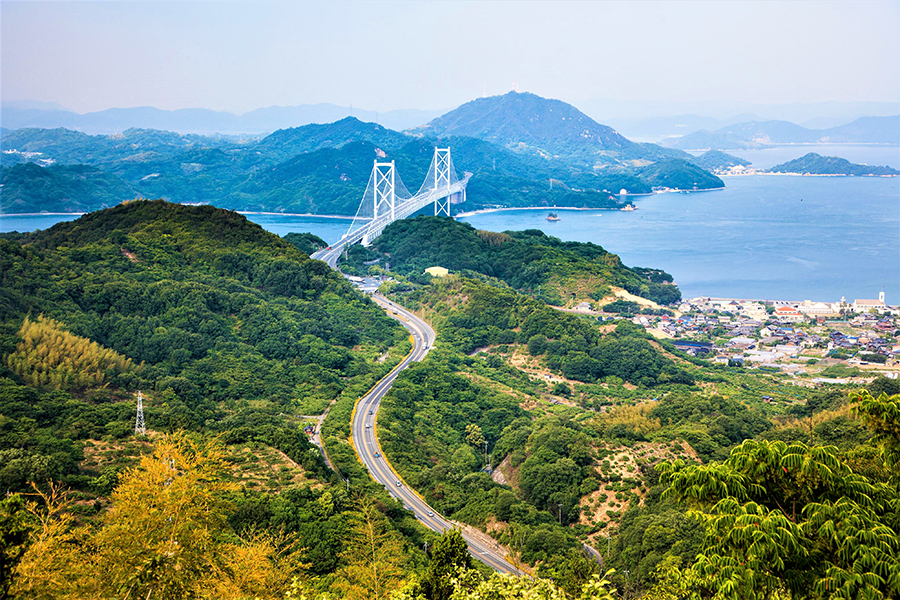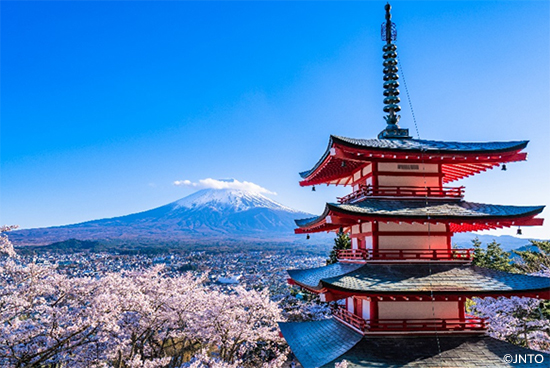
There is, however, a visual reminder of the Age of the Warring States that I do appreciate castles. Not only are they impressive from the outside, but they also usually house museums, filled with samurai gear, exhibits about castle life, and relics of the era. I've learned all kinds of interesting facts about old Japan, simply by visiting its castles. Unsurprisingly, castles evolved in Japan as military sophistication grew.
In the beginning, castles were built strategically in places considered easy to defend, such as atop hills with steep slopes (Kumamoto Castle is an example). After firearms were introduced to Japan in the mid 1500s, walls were built thick enough to withstand gunfire. By the late 1500s, castles were also being erected on the wide, open plains, as showpieces of strength and architectural flexing of the muscles (Himeji Castle fits this description).
Of course, to be on the safe side, Japanese castles were built with an intriguing number of defense mechanisms, proof that life was tenuous at best and easily snuffed out if one became too careless. The most common feature was the moat ringing the entire fort (there are vestiges of a castle moat even in Tokyo, ringing the Imperial Palace which was built in the very spot where Edo Castle used to stand). Sometimes there were a series of moats, stretching so wide around the castle that there was room even for mansions belonging to the most trusted samurai. The samurai next in line lived just outside the moat, probably reason enough to work harder and hope for a promotion.

Some castles were built with curving walls topped by overhangs, making them virtually impossible to scale. Other features included entrances that suddenly terminated in tricky dead ends, hidden rooms, deep wells so inhabitants could withstand a long siege, holes built in the shapes of squares or triangles to allow guns or arrows to shoot through, and "my favorite" special chutes through which rocks or scalding water could be dropped upon enemies below. The top floor of the castle keep always afforded sweeping panoramas, so generals could have unobstructed 360-degree views and direct battles raging around them.
But what I find most fascinating about Japanese castles was their lack of opulence compared to castles being built in Europe around the same time. Japanese lords and samurai weren't the kind to surround themselves with gilt and gold, fawn over plump statues in effeminate gardens and wear powdery wigs to waltzes. Rather, they subjected themselves to the rigors of training and pursued such aesthetic pleasures as conducting ritualized ceremonies in rustic teahouses, viewing stone gardens, gazing at full moons, and composing haiku. Their residences were almost void of furniture, with beauty trained instead on painted screens, carved transoms and items used in everyday life, crafted with exquisite finesse.
Unfortunately, many of Japan's mightiest castles are no longer in existence, having been destroyed in battle, torn down by the Meiji regime after the abolition of the shogunate, or lost during World War II. Some, however, have been rebuilt, and a few survive virtually intact. If castles could talk, what tales they would spin in Japan.
For a rundown of my favorite castles in Japan, tune in to my next post.



















































